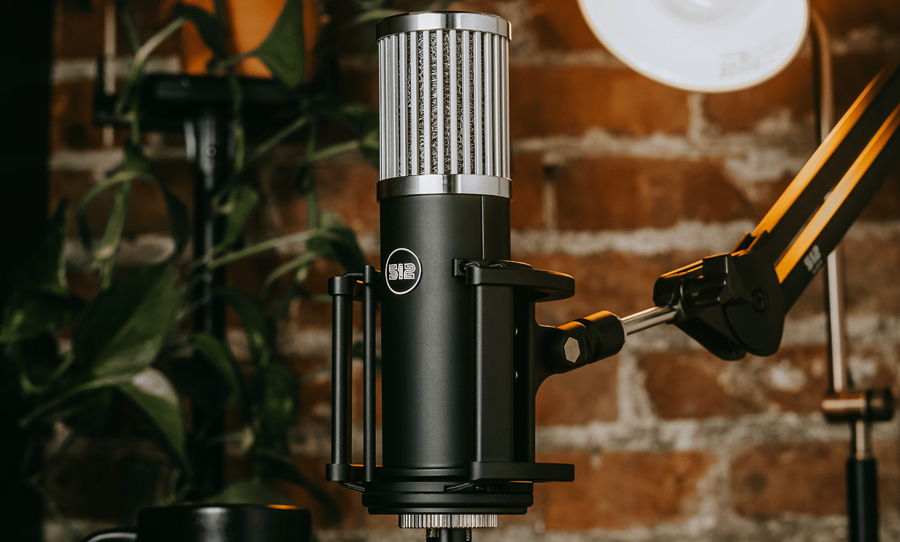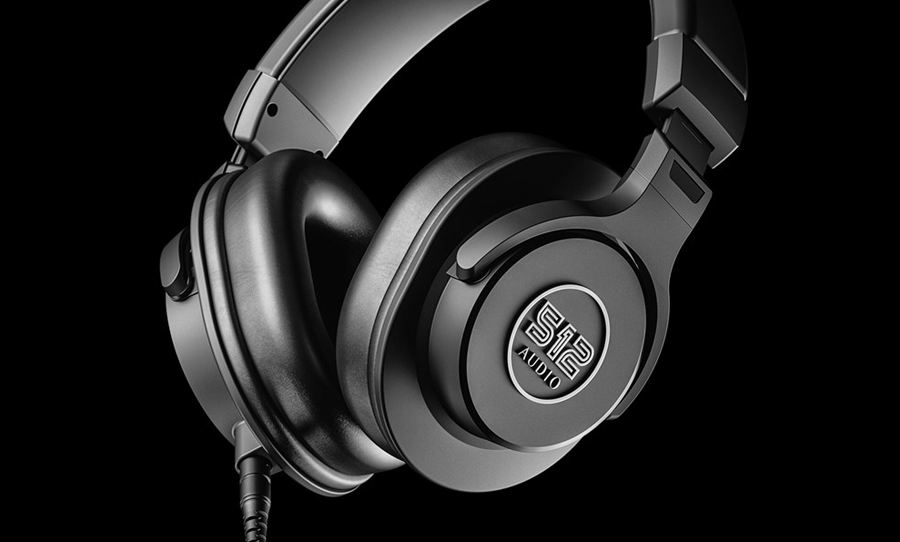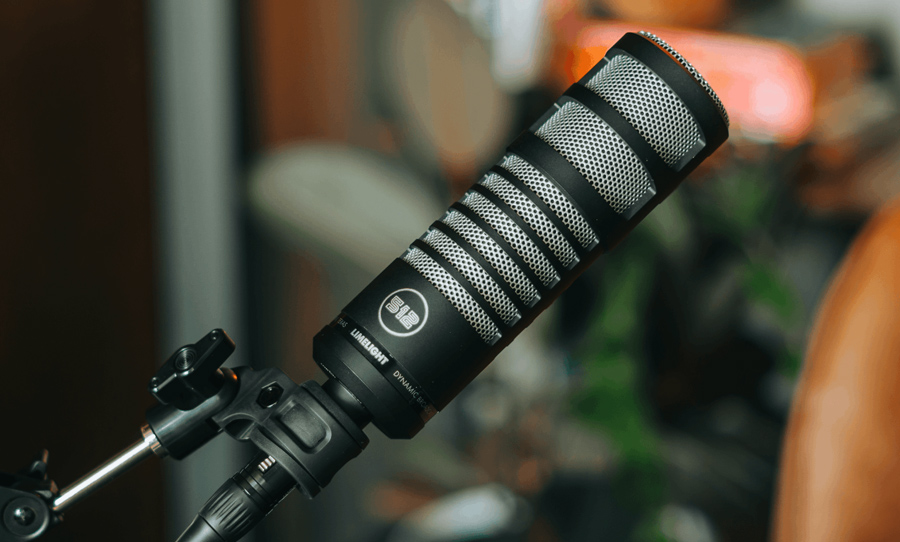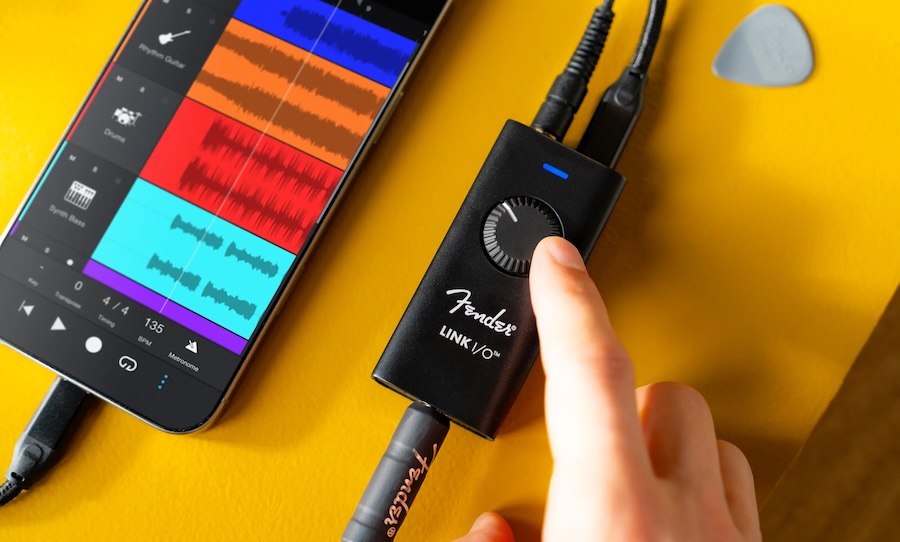From the team that brought you Warm Audio, 512 Audio has brought out a new line of essential audio gear for podcasting and livestreaming. Let’s take a closer look.
Homebound audio content production is booming. We’ve all been stuck inside for the last couple of years (for obvious reasons), but this wave — brought on by the ease at which creators can access platforms like YouTube and Twitch — is an unstoppable one. It’s the mission of 512 Audio to surf that wave.
The Texas-based company has just launched a range of gear, including microphones, headphones, a pop filter, and an adjustable boom arm, to set you on your journey of audio creation. We tested it out to see how it stacked up.

Microphones
At the business end of the signal chain, microphones play a crucial role in capturing the character of any sound source, especially the voice. And in the case of these microphones, the voice is definitely the target.
The Limelight is 512 Audio’s hypercardioid dynamic option. On first impressions, it’s clearly modelled on that broadcast archetype, the ElectroVoice RE20. But the similarities don’t extend much further. For one, the Limelight is pretty light, which makes it easier to position.
Tonally, it tends toward a more lower mid-range focus. So if you like the dulcet tones of classic broadcast sounds, it’ll be pleasing to your ear. The leaders in this field, like the aforementioned RE20 and Shure SM7B tend to have a snappier upper mid-range, helping vocals to effortlessly cut through mixes. The Limelight is a little more rounded and mellow in that range.
Also, being a hypercardioid mic, its off-axis rejection is pretty great. This makes it an easy choice if you’re creating a podcast with other people in the room and looking to negate the effects of spill.
If you do like your vocal tones with a little more top end presence, the Starlight is a more appropriate choice. A robust side-address large-diaphragm condenser, it’s not as directional as the Limelight, however, it has a flatter response across a wider range of frequencies.
It’s proximity effect — which you can exploit if you enjoy intimate and bassy tones by coming closer to the mic — isn’t as pronounced either. In short, it’s a more consistent microphone, but more sensitive to extraneous sounds and the better choice if you’re planning to record a solo livestream in a controlled acoustic environment, for example.
Another advantage of the Starlight is its versatility. Its sensitivity and balance across the frequency spectrum make it a great choice for miking up acoustic instruments in a recording session. Need to track some acoustic guitar as well as your voice? Of the two microphones on offer, it’s more appropriate for this task.
Headphones

While you’re recording, you obviously need a tool for monitoring. Speakers, however, aren’t right for every situation. Having desktop monitors in close proximity to a sensitive microphone is a recipe for bringing feedback into your signal chain — not the best vibe for your livestream!
The 512 Audio monitoring solution comes in the form of the Academy headphones. Being a closed-back design and displaying a colouring that favours the bottom-end of the frequency spectrum, they’re not ideally suited for clinical mixing tasks. Yet, with 45 mm drivers and thick earcups that provide a solid acoustic seal, these cans are perfectly reliable for monitoring recordings or giving to your performers in a studio session.
Accessories

There’s also a couple of handy accessories on offer that make the desktop recording experience smoother. One is the pop filter (512-POP) — a standard clamp to the mic stand affair that will be no stranger to the audio pros out there. But to the novices embarking on their first podcast, for example, this humble piece of gear could mean the difference between a professional sounding recording and one marred by plosive blasts.
The other is the now ubiquitous (if you watch a lot of YouTube) boom arm (512-BBA). A clever but no-fuss piece of engineering, you simply clamp it to the edge of your desk, attach a microphone of your choice, and hit record. It swivels too, so if you’re on camera and wish to get it out of your face when you’re not talking, you can just gently push the microphone away.
Like its parent company Warm Audio, the range from 512 Audio is competitively priced. This makes it especially enticing for those testing the waters in content creation. And while there are more luxuriously appointed and higher spec’d microphones and headphones on the market, this solid offering will give you the tools you need to begin your audio journey in style.
For more details, visit Studio Connections.



